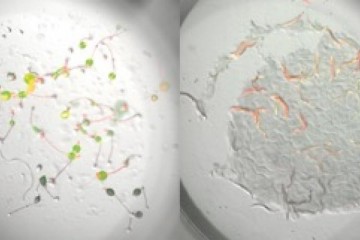CRACK IT Solution
Validating CombiDART in the agrochemical sector

At a glance
Completed
Award date
October 2018 - November 2019
Contract amount
£50,000
Contractor(s)
R
- Replacement
